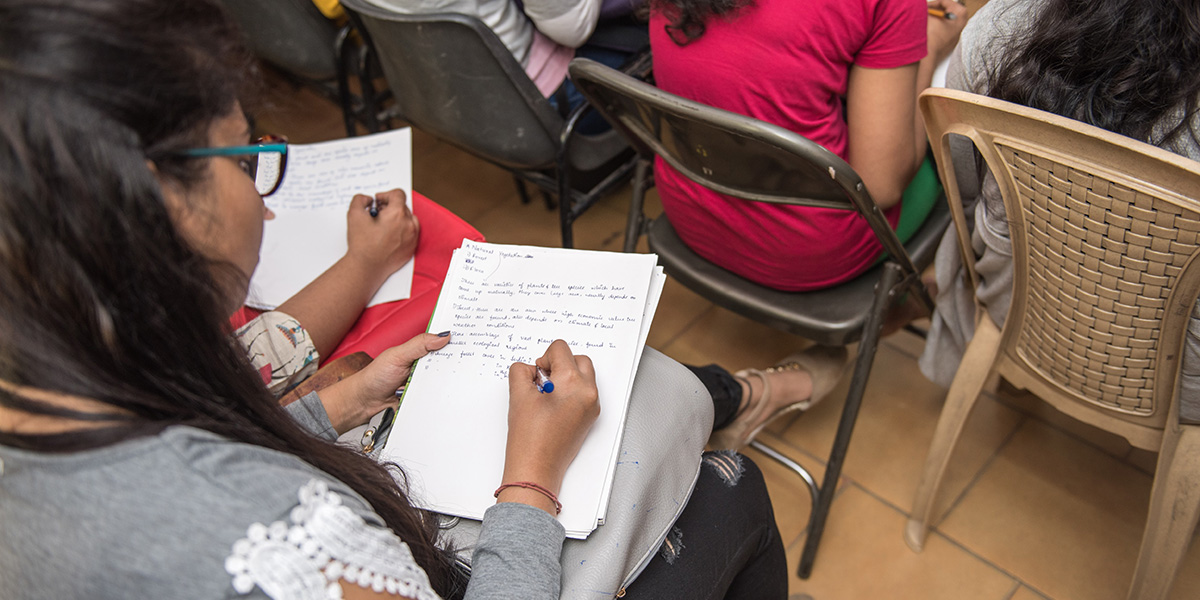- Work towards a target; if you are a general candidate, 120 out of 200 in paper-I (We assume you will get 33% in paper-II), however, the cut-off depends on the number of vacancies and how tough or easy paper-I is.
- Focus on core areas.
- Combine prelims and main reading in the following areas- Indian history and culture, modern Indian history, Indian polity, Indian economy, environment, geography and current affairs (minus the fact orients ones like award, persons, places and sports etc..).
- Develop writing skills; at least twice a week, write a summary of an editorial or center-page article in the Hindu.
- Use technology; for example, read loudly, record in the mobile device and replay while travelling (in a bus or if someone is driving you), use scanners for previous years questions. There are many apps for helping you organize your notes.
- Do focused reading of daily papers (focus on business page, look for new jargon or terms you do not understand, S&T, & international and national issues etc…)
- Do structured reading. For example, if you are reading geography, begin with lithosphere for about 60 minutes, go to previous years questions (say 10 years) and see how many you can answer based on your treading. Break-up topics into smaller modules.
- Decide on your optional early.
- Keep the mains syllabus always by your side wherever you sit and read.
- Do not waste too much time on making elaborate notes; preferably, confine notes making to topics that you are uncomfortable.
- One spell of reading preferably should not go beyond 50 to 60 minutes; take a break and resume.
- Look upon preparing for exam as something you like and enjoy. Don’t take as an ordeal.
- Relate success to some personal goal of yours.
- Do not depend too much on guides available in the market; their use is limited

